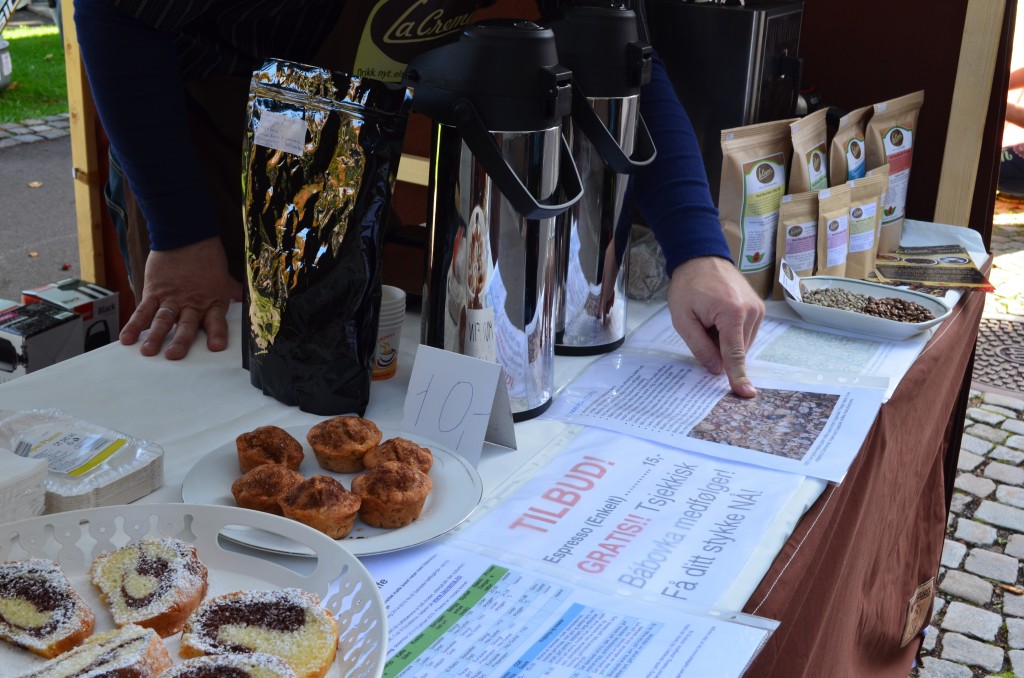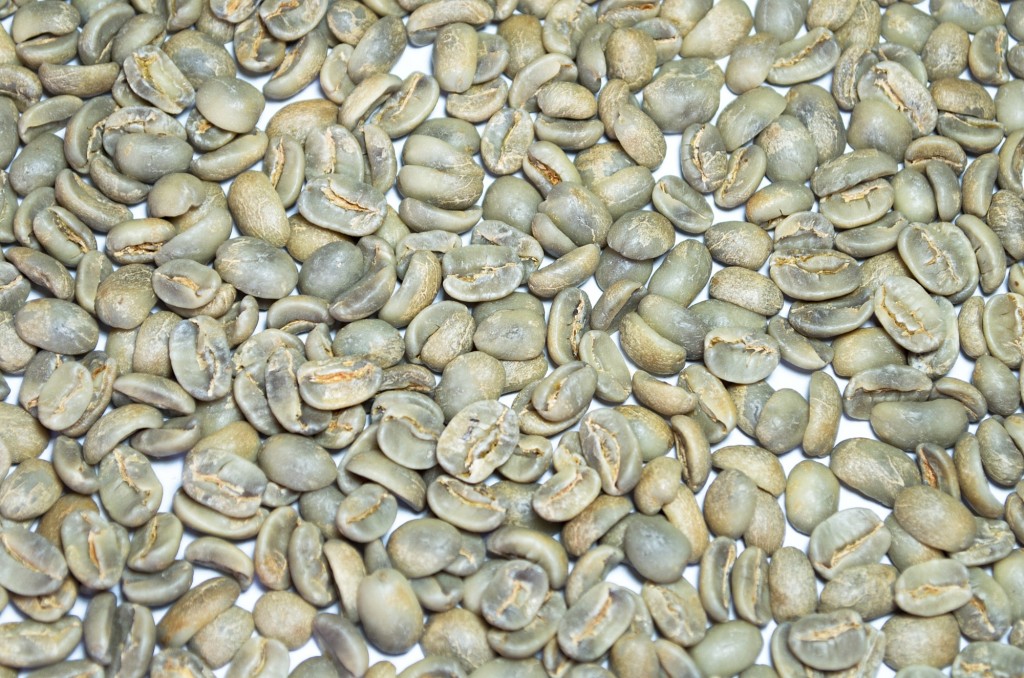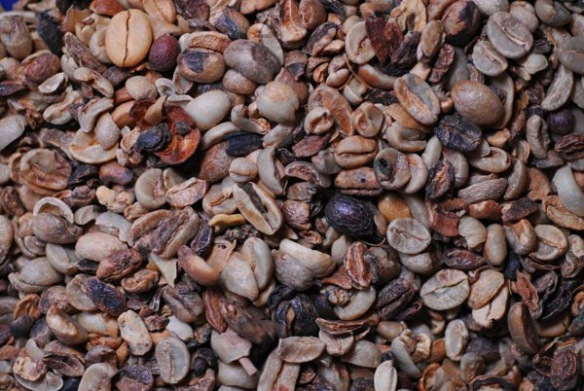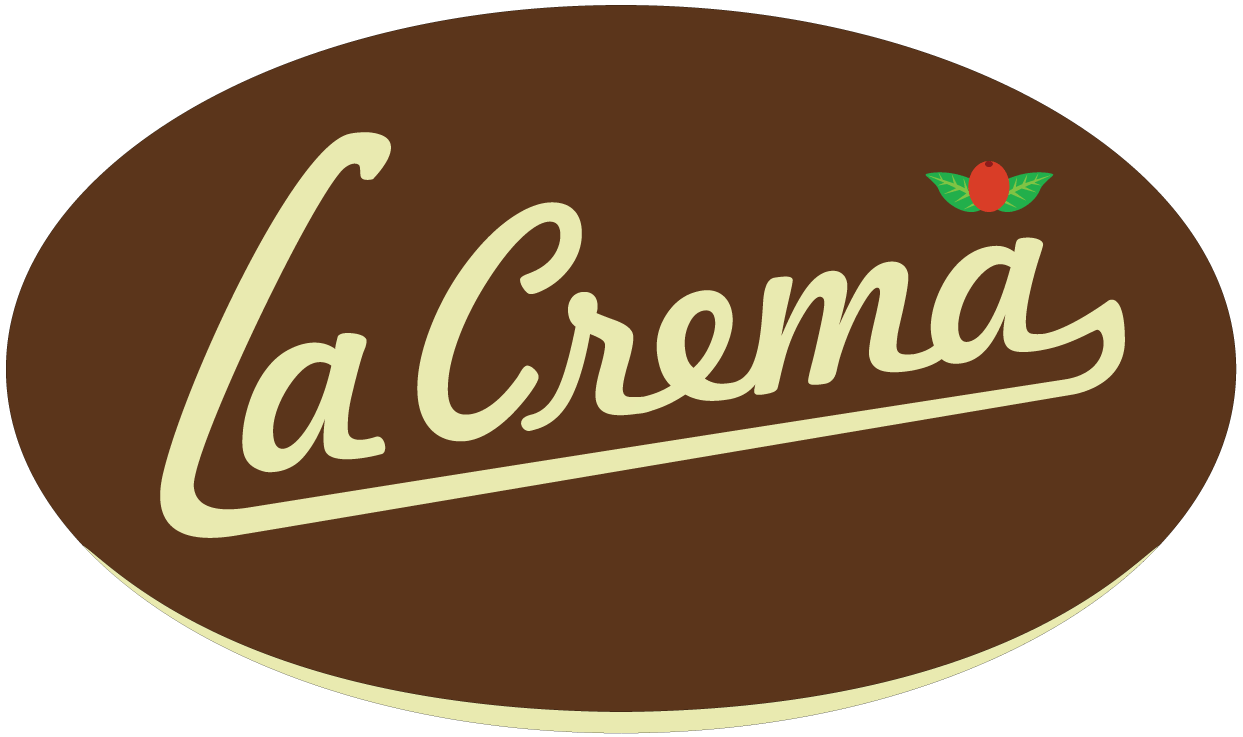Specialty versus Commercial coffee
As a person, you have many options when facing the decision about which school you want to attend or what career you want to study. As a coffee drinker, either connoisseur or amateur, you have mainly two options: Specialty/Gourmet or Commercial.
Specialty and Gourmet coffee is merely about care and dedication. This must come along throughout all the coffee chain process: from the seed to the cup. That long journey begins with deciding to plant the best coffee seeds. It continues with applying the best practices for milling and choosing carefully the harvesting methods that ensures fully ripeness and non-defective beans. It passes through the skillful hands of the roasters, who cares for the optimum coffee roasting profile to enhance the natural flavors of each coffee variety and origin; artisan coffee roasters also care for the best ways to pack and store roasted coffee beans. It finishes either with an experienced barista who serves you that delicious cup or with you who have taught yourself to brew and enjoy that Specialty coffee cup.
There are two main species of coffee: Arabica and Robusta. While Robusta is widely used in Commercial coffee, Arabica is the most preferred specie for Specialty Coffee Roasters. This happens mainly because it is easier to find high quality beans among Arabica beans, main goal of dedicated coffee roasters, and because Robusta coffee tends to be much cheaper than Arabica beans (about half price in the commodity market) –a big incentive for Commercial and Instant coffee sellers who sell in masse! Robusta coffee has an inherent burnt taste and the beans has 2.7% caffeine content. On the other hand, Arabica has a fruity and floral taste when roasted carefully (due to a higher concentration of lipids and sugars) with just 1.5% caffeine content… half the caffeine content of Robusta beans!
Specialty and Gourmet coffee producers and farmers care about their coffee Estates or Fincas, growing conditions of each coffee varietal and final quality of the product to export. Some of them even invest in Coffee Cupping Labs! The regular process when harvesting is hand picking the coffee cherries when at peak ripeness from well-tended shaded coffee trees. The same day, all coffee cherries undergo a cleaning, selecting and sorting process: all imperfect and non-fully ripe cherries along with branches, pebbles and leaves are removed. This is a very important step because even a very small amount of damaged or immature coffee cherries can spoil the pleasant desired flavor. When this step is finished, the coffee cherries are taken to the processing (milling) plant where they will follow frequently one of the following methods:
Wet processing or washed: coffee cherries reception at the wet mill, pulping (outer layer is removed), fermenting, washing mucilage and sun drying in yards (patios). When dried, the coffee still with its parchment is stored until one month before the shipment. The parchment threshing, selection, sorting and cleaning of green coffee beans takes place leading to the packaging in Grain Pro Bags to be temporary stored awaiting for the departure date. This method produces coffee with brighter, cleaner cup and lighter body.
Semi-washed: Pulping of the coffee cherries, washing coffee parchment (the coffee beans have a little quantity of mucilage, patios sun drying (around 8-12 days). After been dried, the green coffee beans follow the regular process of the washed method.
Unwashed or Natural: Coffee cherries are directly dried under the sun with the mucilage. When fully dried, the green seeds are taken out. This method provides a cup of coffee with less acidity and more body but with lack of uniformity (lower degree of clean cup).
On the other hand, Commercial coffee is mostly harvested using machines. Machines do not care if the cherries are fully ripe, green or even damaged. They harvest all what is on the tree, often even branches and leaves. Producers of commercial coffee try to remove all unwanted objects as well; however, it is usual to find damaged beans, stones, branches or even plastic particles mixed among green coffee beans in the coffee sacks ready to be exported.
Specialty and Gourmet coffee provide a lot of information about its origin and quality. You can easily trace the coffee variety, the harvesting period, the country and region of origin, the specific coffee farm (called Single Estate), the growing altitude (meters above sea level; higher altitude frequently translates into better quality due to denser coffee beans), processing method (washed, semi-washed, natural), roast date, roast style (light or medium) and cupping and sensory notes.. Moreover, the packaging of such high quality and fresh roasted coffee beans requires a bag that protects them from oxygen and moisture, along with a one-way degasing valve, in order to preserve the natural aromas and excellent taste. Remember to consume your fresh roasted coffee within four weeks after the roast date! If you find a coffee taste radar on the bag, then you know completely what to expect in your cup!
All this information, packaging features and traceability you can hardly find in Commercial coffees. For example, instead of roasting date, the only data you will frequently find is the “best before date” or the “packaging date” –which is not the same as roasting date.
To summarize it: the more you know about the coffee you drink, the better you can trace it and be sure about its real quality.

Short Comparison
Specialty
- Not a single defect among the green coffee beans
- Grows under shade in altitudes of 1200 MASL and more for a better taste
- Handpicked only when the coffee cherry is fully ripe, and sun dried in patios after milling
- According SCAA¹ it should also register 80 points or above in cup evaluation in a 100 gram roasted sample (+79/100)
- Mainly Arabica green coffee beans of high grade, which cost more to produce and roasters pay a more than fair price when bought in a direct trade relationship with the farmers (known as The Third Wave Coffee)
- Typically, light roasted to enhance fruity and floral natural aromas
- Traceable: information about its origin and quality are easy to find
- From a specific country and a single farm (known also as Single Estate Coffee)
- Quality and grade certified
- A passion and an explosion of tastes comparable to good wine
- From mild to bright acidity and a wide range of tastes and aromas from fruits and honey and with hints of chocolate, etc (See Coffee wheel of tastes)
- Its notes and tastes are clearly described and explained by their roasters and written on their package, including radars of flavors, cupping and sensory

Our 100% Specialty Grade Pacamara green coffee beans crop 2014-2015 from Finca Las Luces in El Salvador ready to be roasted in Tønsberg Norway
Commercial
- Mainly composed of defective beans
- Grows under direct sun and at very low altitude for a better profit
- Machine picked even if the coffee cherry is still green
- Not worthy to enter a cup evaluation
- Mainly Robusta green coffee beans or Arabica of low grade, which are cheaper at the coffee commodity market –a big incentive for commercial, instant and capsules coffee manufacturers to make a huge profit
- Typically, dark roasted to hide coffee defects and inconsistency in taste
- Limited information available with few or almost no details about its origin
- Mix of low quality damaged beans from many countries or regions
- Lacks of quality and grade certificates
- A tasteless, flat, dead and boring coffee with a burnt and “strong” taste
- Missing acidity. That is, as in wine, the vibrant characteristic that gives life to coffee and must not be confused with sourness of a bad brewed coffee
- Because of its burnt and dead taste, tastes cannot be described. To give it a fake life, many manufacturers add artificial flavors to create flavored coffee

100% Low grade Arabica green coffee beans from Ugandan Triage ready to be shipped to Commercial, Instant and Capsule coffee manufacturers
Because you deserve the best! Keep informed and drink the best coffee!

¹ Specialty Coffee Association of America

